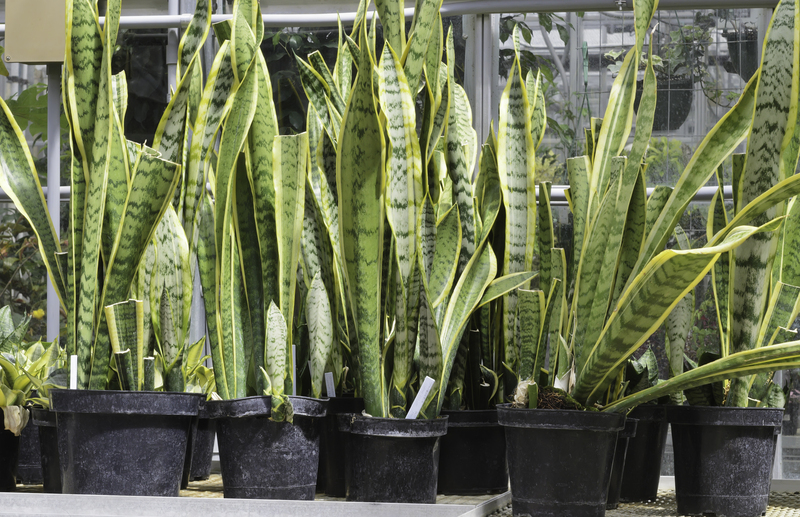Timeframe for a Garden Transformation
Transforming a garden can be both an exciting and daunting task. Whether you're looking to redesign an existing garden or create a new one altogether, understanding the timeframe for such a project is essential. Various factors influence the time it takes to complete a garden transformation, including the garden's size, design complexity, and the season. In this article, we breakdown the steps and timelines involved in a successful garden transformation.
Initial Planning and Design
The first step to any garden transformation is the planning and design stage. Depending on the complexity of your garden's design, this could take anywhere from a few days to several weeks. During this phase, you will:
- Assess your current garden's condition
- Research different garden styles and elements
- Create a garden layout and design plan
- Select the plants and materials you wish to include
If you're hiring a landscape designer, consultations and approvals may add extra time. Being meticulous in this stage is crucial to ensure your garden meets your vision.

Site Preparation
Once the design is complete, the next step is to prepare the site. This phase generally includes tasks like:
- Clearing old plants and debris
- Leveling the ground
- Improving soil quality
Depending on the size and current state of your garden, site preparation can take from a few days to a couple of weeks. If there are structures like old sheds or large trees to be removed, this timeframe will extend accordingly.
Hard Landscaping
Hard landscaping involves constructing the non-plant elements of your garden, such as:
- Patios and pathways
- Fencing and walls
- Water features
- Decking and pergolas
This phase is highly variable in duration. Simple projects may be done within a week, whilst larger, more intricate designs can take several months. The availability and delivery of materials can also affect the timeframe.
Planting and Soft Landscaping
Once the hard landscaping is done, it's time to focus on the plants. Soft landscaping includes:
- Planting trees, shrubs, and flowers
- Laying sod or seeding grass
- Installing garden beds and borders
This step can take from a few days to several weeks, depending on the size of your garden and the variety of plants you choose. Planting is usually best done during specific seasons (spring or fall) to ensure optimal growth.
Final Touches and Maintenance
The final stage involves adding the finishing touches to your new garden. This could include:
- Adding garden furniture and ornaments
- Installing lighting
- Conducting a thorough cleanup
After completing these tasks, ongoing maintenance is essential to ensure the garden continues to thrive. Initial maintenance might take several hours a week and will significantly reduce once the plants are established.
Pros and Cons
Understanding the pros and cons of a garden transformation can help you make informed decisions.
Pros
- Enhances the aesthetics and value of your property
- Creates a personalized outdoor space
- Promotes well-being through gardening
Cons
- Can be time-consuming and labor-intensive
- High initial costs depending on the design
- Requires ongoing maintenance
Tips for a Successful Garden Transformation
- Set a realistic budget and timeframe before starting
- Choose plants that are suitable for your climate
- Don't underestimate the importance of good soil preparation
- Be patient; some plants and elements take time to mature
- Consider hiring professionals for complicated tasks

Key Takeaways
- A garden transformation involves several stages: planning, site preparation, hard landscaping, planting, and final touches
- The total timeframe can range from a few weeks to several months
- Proper planning and professional advice can significantly streamline the process
Conclusion
Transforming a garden is a rewarding project that requires careful planning and execution. By understanding the different stages and their respective timelines, you can create a beautiful and functional garden that enhances your living space. While the process may be time-consuming, the result is a personalized outdoor retreat that's well worth the effort. With this guide, you'll be well-equipped to tackle your garden transformation with confidence.





